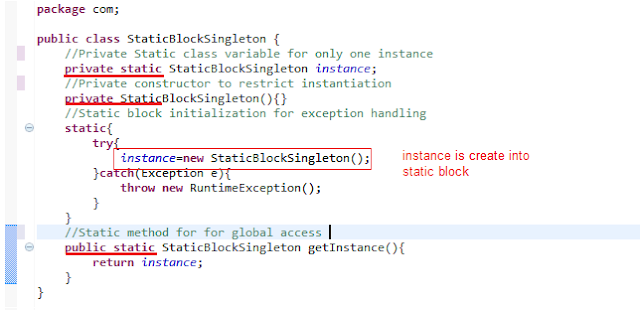Repositories (a.k.a. Data Anywhere Architecture) is the mechanism that
ATG uses to access data primarily stored in relational databases, but also LDAP or other backend
systems. ATG applications are required to be very high performance, and data
access is critical in that if not handled properly, it could create a
bottleneck. ATG's repository functionality has been around for a long time -
it's proven to be extremely scalable. Developers new to ATG need to understand
how repositories work as this is a critical aspect of the ATG architecture.
The other important best practice is to never modify the out of the box schema - in other words, don't add columns to existing ATG tables, just create your own new tables. These will help ensure you can easily upgrade your application at a later date.
Type of Repository:
1. SQL Repositories: GAS (GAS Stands for “Generic
SQL Adapter”) repository connected to SQLdatabase and access contains, user
profile, application security information.
2. SQL Profile Repository: include the ATG personalization module.
3. LDAP Repository: Uses the dynamo LDAP connector to access user data in an LDAP directory.
4. Composite Repository: provides a means for using more than one data store as
source for single repository.
5. Versioned Repositories: it is extension of SQL repository
used in ATG publishing. It has versions for every data.(new entry will be
made with a new version number instead of editing)










